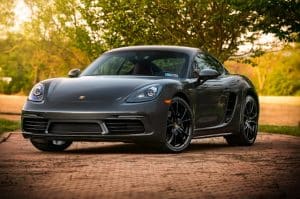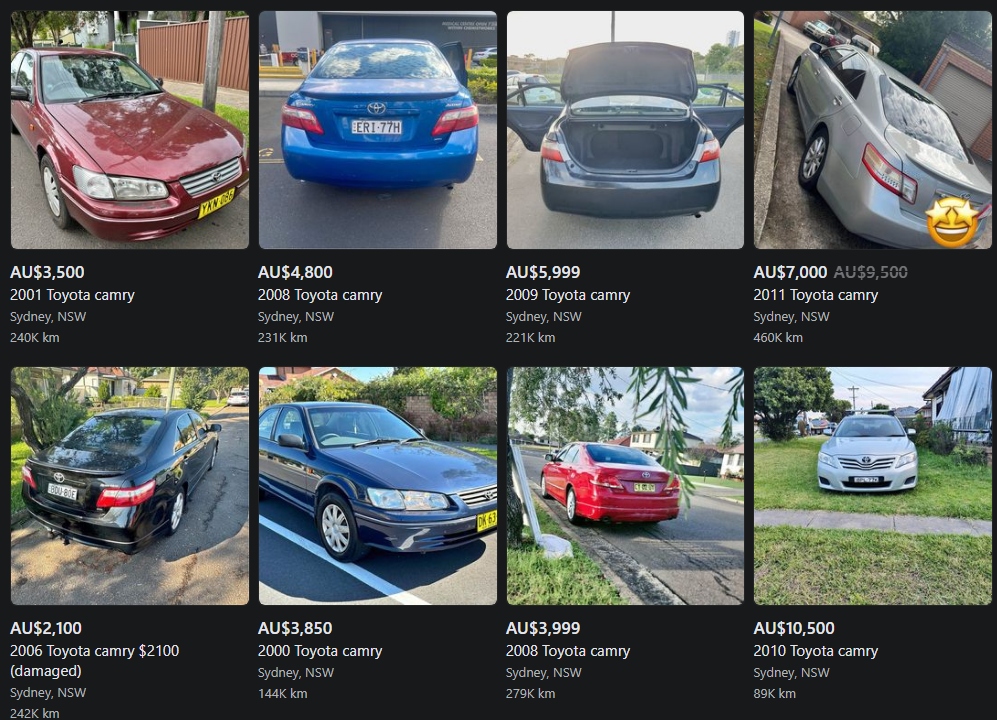Why Are Cars So Expensive In Australia In 2024?
Australia, is a developed country with an economy that has strong access to global markets with over 350 models available for purchase, so why are cars so expensive? With cost of living pressures continuing to increase in 2024, car prices stand out as a significant cost for the average Australian. In this guide we’ll be looking at the variety of factors that affect car costs and if cars are really that expensive in Australia?

Key Insights
Car prices are higer in Australia due to:
- Economic factors
- Heavy vehicles taxes
- Increased safety and tech features
- Australian consumer’s high average income
Key Examples Of Price Hikes
To illustrate this the Volkswagen Polo costed $17,990 in 2018 and has now increased to $28,990 in 2023, that’s a huge $11 000 increase. Of course, the new Polo comes with increased features , but it’s still a big jump.
Another example is the MG 3. In 2018 is costed $15,990 drive-away, but in 2023 the exact same car costed $19,990, an increase of $4000.
What if we compare Australian with overseas prices?
So, we’ve established that the price of cars 5 years ago was definitely cheaper than what it is today, but what about the situation overseas? Well, the picture overseas is much more balanced with some models costing about the same or even more than there Australian equivalents.
However for certain models, especially luxury cars, the price differences can be staggering. According to the Porsche website a stock Porsche Cayman 718 costs approximately $146 500 in Australia, but in the US it would only set you back approximately $108 500. However if we look at a more modest car such as an entry level 2024 Toyota Camry, it will cost you $40 000 in Australia and even more at $41 000 in the US.
Economic Factors
Increased Inflation
With inflation as high as 7.8% back in 2022 and only more recently dropping off, cars are no exception to the price increases. Specifically for cars the cost of raw materials, shipping and microchips has led to increased prices for new vehicles.
Reduced Buying Power
With the prices of goods rocketing but wages not keeping up, average Australians are able to buy less goods with the same amount of money. This makes cars even more unaffordable for all but those at the higher end of the income distribution.
Low Aussie Dollar
The value of the Australian dollar relative to other currencies, such as the US dollar, plays a significant role in determining the cost of imported goods, including cars. Since all cars are imported in Australia this has a significant effect. With the Australian Dollar at historic lows, only buying 0.64 USD, importing cars from overseas is more expensive than ever. These costs are then passed onto Australians at the car dealer.
Global Supply Shortages
Global supply shortages including raw materials and more importantly advanced microchips caused by Covid are still impacting auto manufacturers. With the supply shortage not ending any time soon the cost of producing a car is higher than ever. And of course this had led to car supply issues, increasing prices.
New Features
The majority of new cars currently come equipped with an expanded array of standard features including high tech safety systems, large LCD displays, entertainment systems and reverse cameras as standard. And of course, all of this adds to the total price tag.
According to communications manager Daniel DeGasperi from Volkswagon Australia there has been a significant investment in both passive and active safety technologies in response to Australian consumers’ increasing preference for better-equipped car models. This shift is evident in the reduced interest in lower-spec entry-level models, with buyers preferring middle-spec or higher-spec options.
Taxation Troubles
The inflated prices of cars in Australia can also be attributed to the country’s tax system, particularly the Luxury Car Tax (LCT). Here’s a breakdown:
Luxury Car Tax (LCT): At a rate of 33% this has a huge impact on the price of luxury cars or any cars above the price threshold. Buying a more fuel efficient car can help you escape this tax, however.
Import Tariff: Importing vehicles from abroad typically incurs a tariff of 5% of their value.
Goods and Services Tax (GST): A 10% GST is applicable to the value of all cars sold in Australia.
Stamp Duty: State or territory governments may impose transfer duty or stamp duty when a car transaction occurs, fees carry from state to state.
Higher Income
Simply put, prices here are higher because consumers have more money to spend on goods such as cars. According to data by the OECD (Organization for Economic Co-operation and Development), Australia is in the top 10 countries with the highest annual average wages.
This has led to a historical tolerance for elevated prices across a range of goods including cars.
What about Used Cars?
According to The Conversation used car prices are not fairing much better. With waiting times for new cars blowing out, many consumers have opted for 2nd hand cars instead, which of course has lead to price across the board. In some instances, 2nd hand models of some cars have been selling for more than their new equivalents.

2024 Used car prices on Facebook Marketplace
What about Electric Vehicles (EVs)?
One area where price differences are especially evident is when comparing Australia EV prices with the international market. EV prices in Australia are signficantly higher due to the lack of major government incentives to encourage EV adoption. This is made worse by the reluctance of manufacturers to sell their latest EV models in Australia due to the lack of charging infrastructure and competition from cheaper petrol cars.
As well as this due to “range anxiety” Australian consumers prefer EV’s with longer ranges and thus larger, more expensive batteries.
With a lack of supply and choice of models, the price of EV’s can only go up unless government policies change in the future.
Looking For Some Extra Cash For An Upgrade?
With all the extra costs of buying a new or used car in Australia, you’ll want to get every extra dollar out of your old car.
With over a decade of auto buying experience, Cash For Car Buyer ensures fair market offer for vehicles in any condition. Experience top cash offers, free car removal and instant payment. With us you won’t have to wait around for an offer to come to you as we make plenty of competitive cash deals for used cars daily.
Call us today at 0487 000 600 or fill out our online form.

